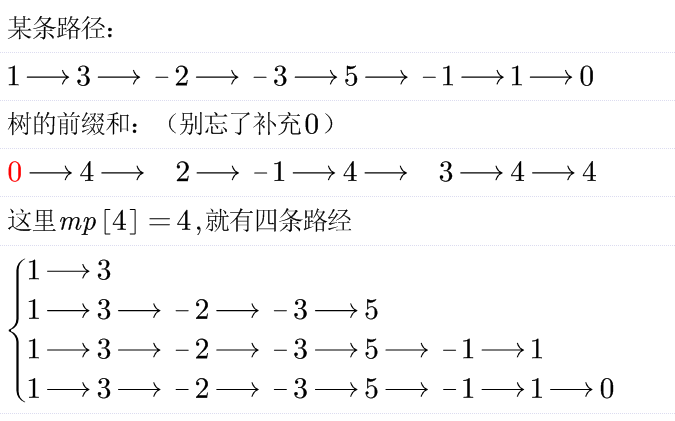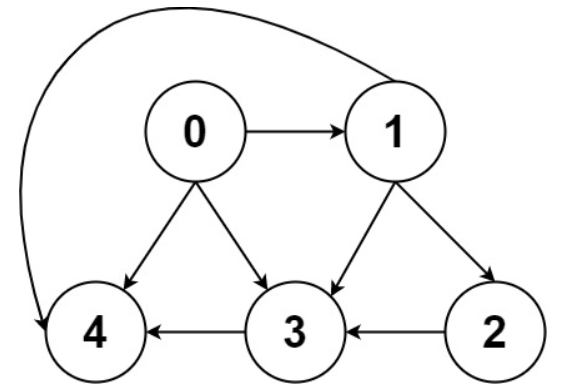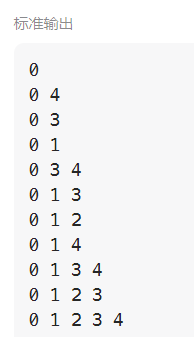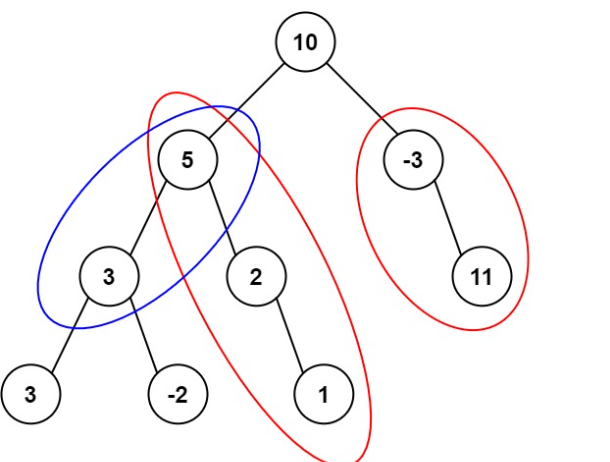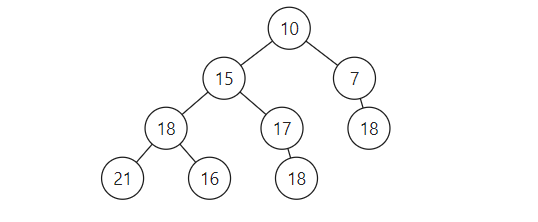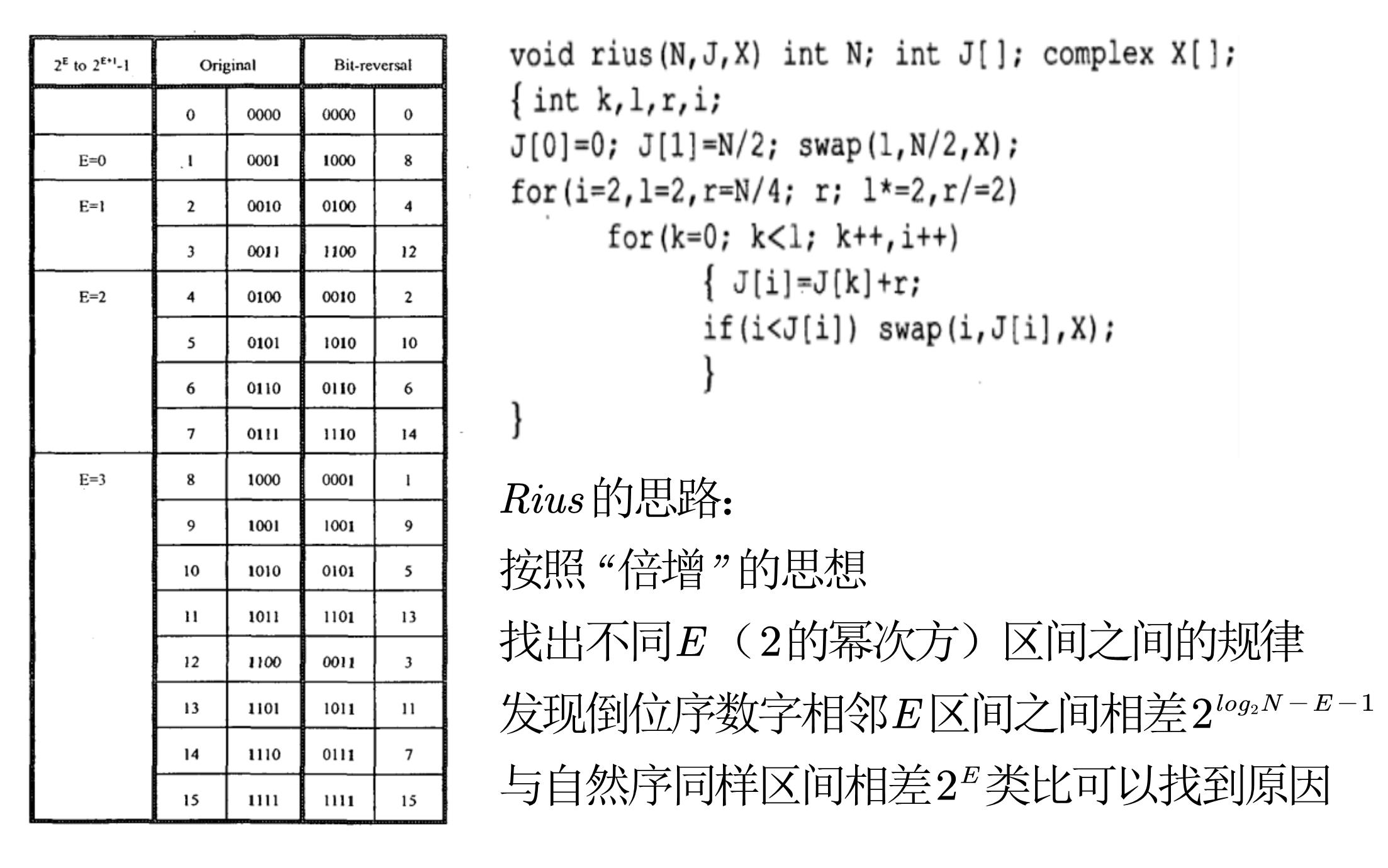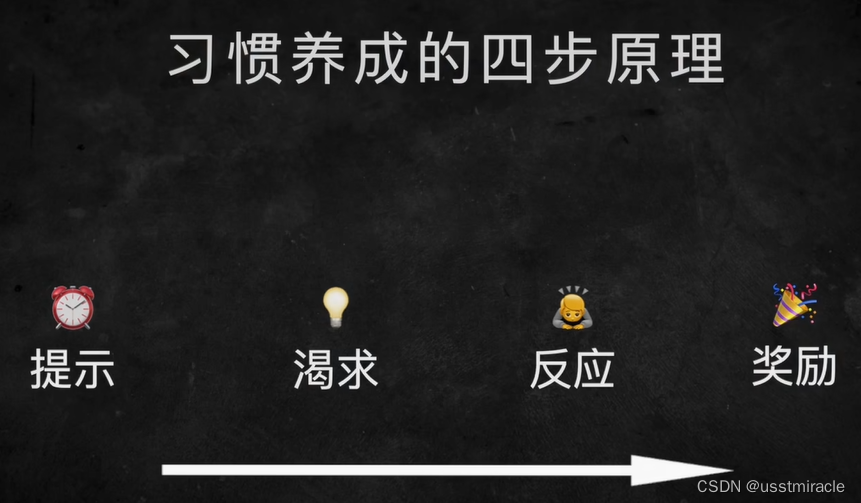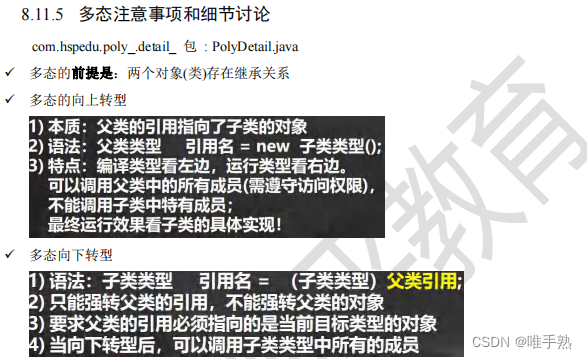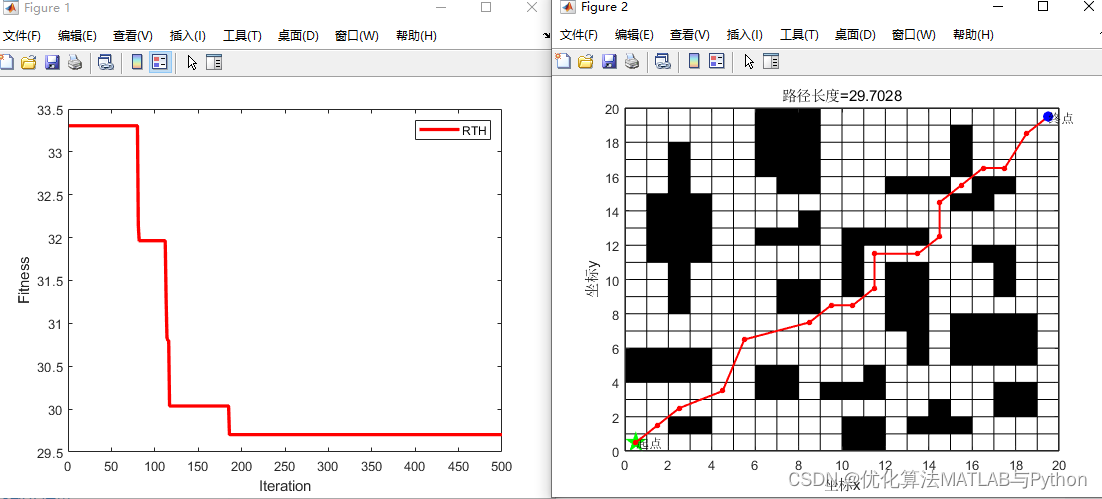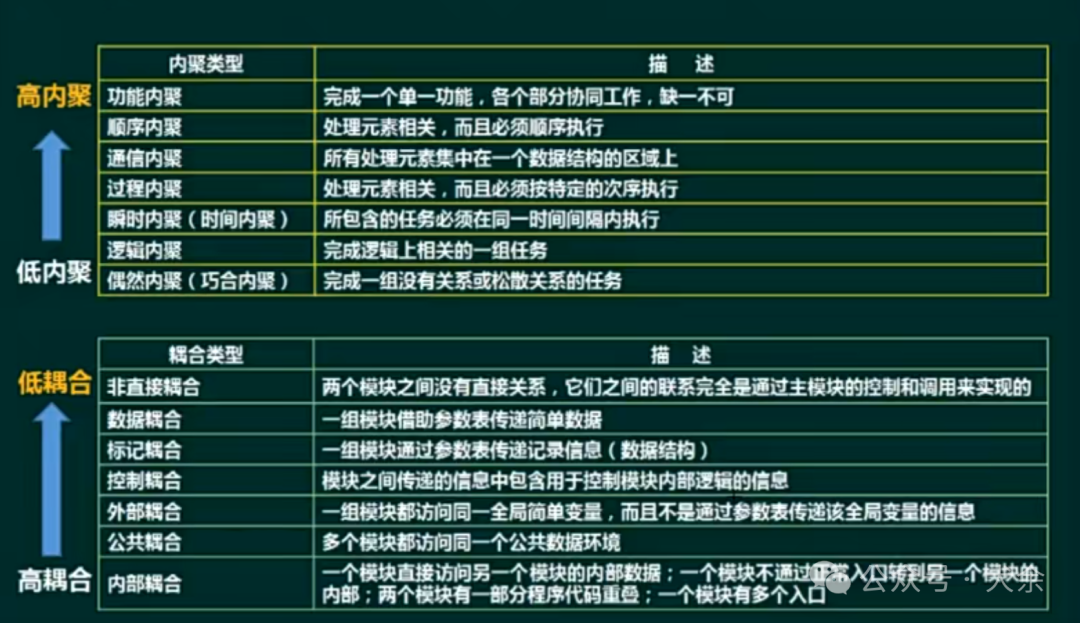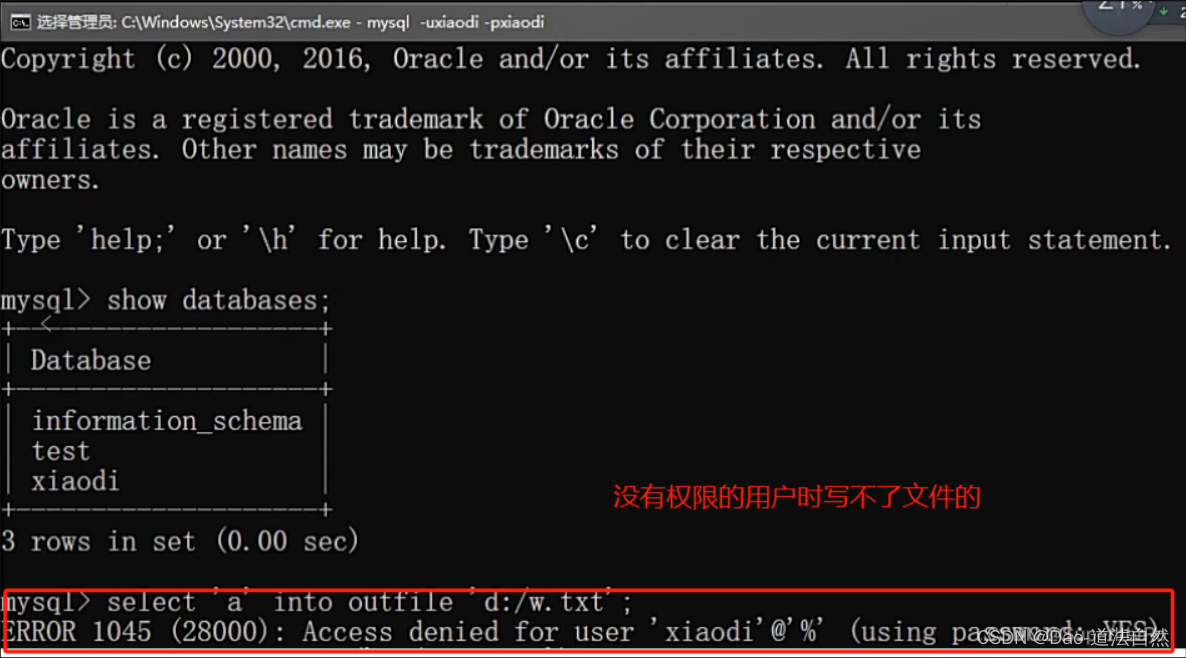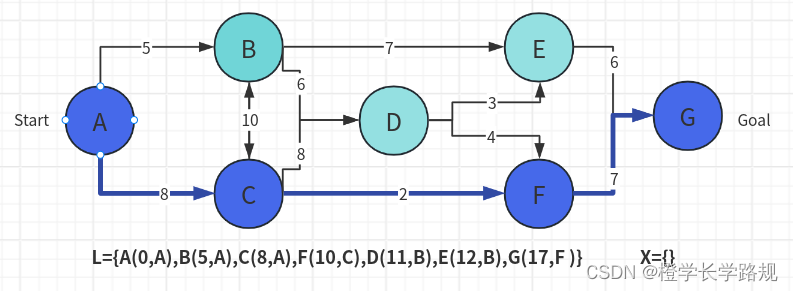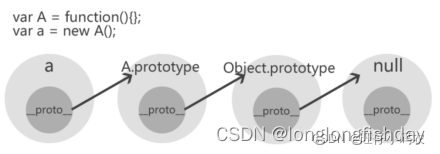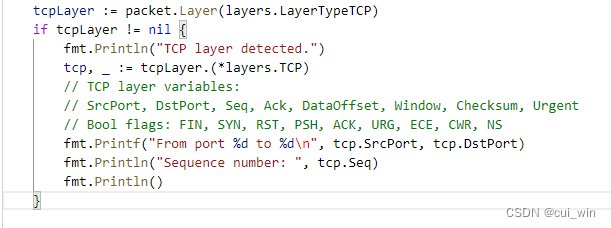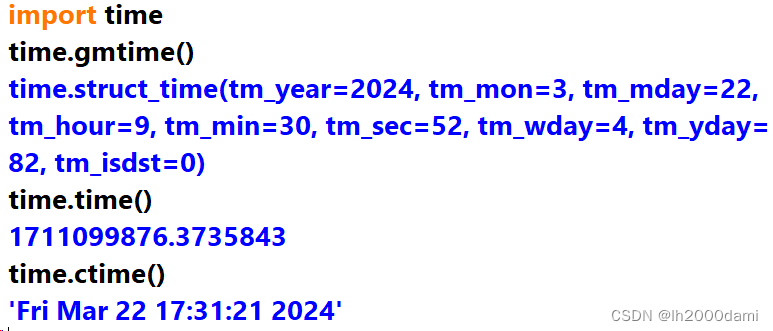图
一:用vector存储无向图
数据结构
const int N = 100;
vector<int> G[N];
void addEdge(int u, int v){
// 无向图
G[u].push_back(v);
G[v].push_back(u);
}
int m; // 点的个数
创建图

void printList(){
for (int i = 0; i < m;i++){
cout << i<<":";
for (int j = 0; j < G[i].size();j++){
cout << G[i][j] << " ";
}
cout << endl;
}
}
int main(){
m = 7;
addEdge(0, 6);
addEdge(0, 3);
addEdge(6, 5);
addEdge(5, 4);
addEdge(5, 1);
addEdge(5, 3);
addEdge(2, 1);
addEdge(4, 2);
printList();
return 0;
}

深度优先遍历dfs
void _dfs(int x,vector<bool>& visited){//必须用引用&
if(visited[x]) return;
visited[x] = true;
cout << x <<" ";
// 访问x顶点的领接表
for(auto &val:G[x]){
_dfs(val, visited);
}
}
/*深度优先遍历dfs*/
void dfsTraverse(){
vector<bool> visited(m, false);
/*遍历图所有顶点*/
for (int i = 0; i < m;i++){
if(!visited[i]){
_dfs(i, visited);
}
}
}
也可以不return,访问就直接设为true
void _dfs(int x,vector<bool>& visited){
cout << x <<" ";
// 访问x顶点的领接表
for(auto &val:G[x]){
if(!visited[val]){
visited[val] = true;//设为以访问
_dfs(val, visited);
}
}
}
/*深度优先遍历dfs*/
void dfsTraverse(){
vector<bool> visited(m, false);
/*遍历图所有顶点*/
for (int i = 0; i < m;i++){
if(!visited[i]){
visited[i] = true;//设为以访问
_dfs(i, visited);
}
}
}
dfs结果:0 6 5 4 2 1 3
广度优先遍历bfs
void _bfs(int x,vector<bool>& visited){
queue<int> que;
que.push(x);
while(!que.empty()){
int tmp = que.front();
que.pop();
cout << tmp << " ";
for(auto& val:G[tmp]){
if(!visited[val]){
visited[val] = true;
que.push(val);
}
}
}
}
/*广度优先遍历bfs*/
void bfsTraverse(){
vector<bool> visited(m, false);
/*遍历图所有顶点*/
for (int i = 0; i < m;i++){
if(!visited[i]){
visited[i] = true;
_bfs(i, visited);
}
}
}
或者写成一个函数
/*广度优先遍历bfs*/
void bfsTraverse()
{
vector<bool> visited(m, false);
/*遍历图所有顶点*/
for (int i = 0; i < m; i++)
{
if (visited[i]) break;
visited[i] = true;
// 把领接表加入队列
queue<int> que;
que.push(i);
while (!que.empty())
{
int tmp = que.front();
que.pop();
cout << tmp << " ";
for (auto &val : G[tmp])
{
if (!visited[val])
{
visited[val] = true;
que.push(val);
}
}
}
}
}
bfs结果:0 6 3 5 4 1 2
二:用vector存储有向图
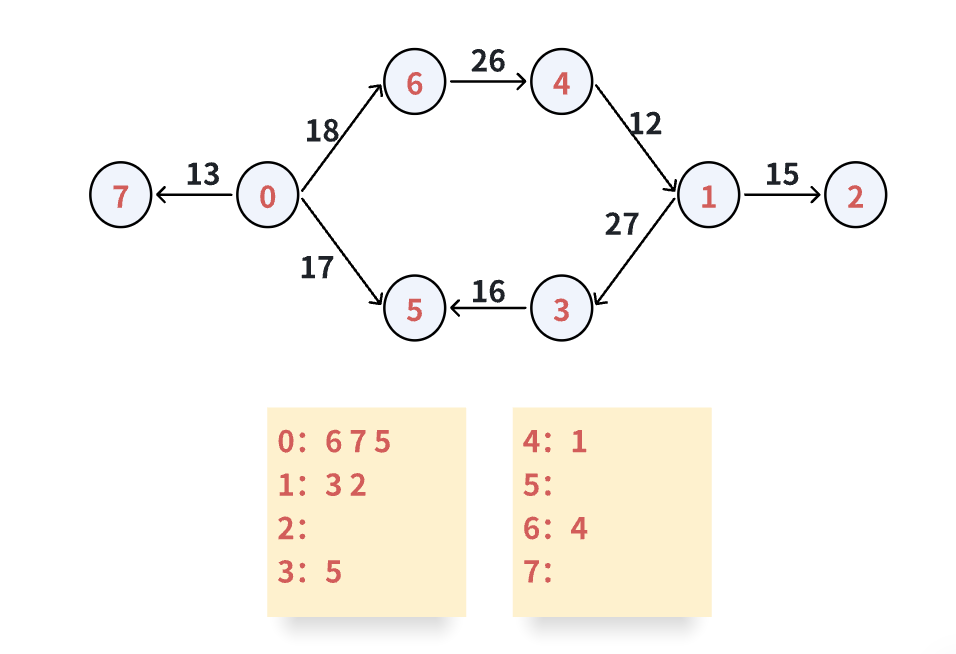
初始化图
#include <iostream>
#include <string>
#include <vector>
#include <queue>
using namespace std;
const int N = 20;
//邻接表的信息:出度和权重
struct edge{
int to;
int w;
edge(int to,int w):to(to),w(w){}
};
vector<edge> G[N];
void add_Edge(int u,int v,int w){
G[u].push_back(edge(v, w));
}
int m;//顶点个数
void printList(){
for (int i = 0; i < m;i++){
cout << i << ":";
for (auto &val : G[i]){
cout << val.to << "(" << val.w << ")"<< " ";
}
cout << endl;
}
}
int main(){
m = 8;
add_Edge(0,6,18);
add_Edge(0,7,13);
add_Edge(0,5,17);
add_Edge(1,3,27);
add_Edge(1,2,15);
add_Edge(3,5,16);
add_Edge(4,1,12);
add_Edge(6,4,26);
printList();
return 0;
}
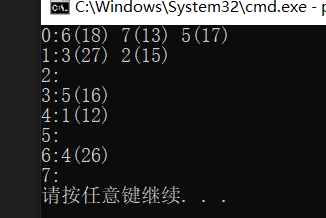
bfs和dfs
void dfs(int x,vector<bool>& visited){
if(visited[x])
return;
visited[x] = true;
cout << x << " ";
for(auto& val:G[x]){
dfs(val.to, visited);
}
}
void dfsTraverse(){
vector<bool> visited(m, false);
for (int i = 0; i < m;i++){
if(!visited[i]){
dfs(i, visited);
}
}
}
void bfsTraverse(){
vector<bool> visited(m, false);
for (int i = 0; i < m;i++){
if(!visited[i]){
visited[i] = true;
queue<int> que;
que.push(i);
while(!que.empty()){
int tmp = que.front();
que.pop();
cout << tmp << " ";
for(auto& val:G[tmp]){
if(!visited[val.to]){
visited[val.to] = true;
que.push(val.to);
}
}
}
}
}
}
dfs:0 6 4 1 3 5 2 7
bfs:0 6 7 5 4 1 3 2
三:求源到目的的所有路径
797. 所有可能的路径
dfs实现
本题规定起点是0,终点是graph.size()-1
由于没有环,所以不需要用数组记录当前结点是否已经访问过
思路就是从起点出发,遍历所有临界点(可选择的),然后进行dfs。
回到上一层循环,需要放弃该层节点的选择
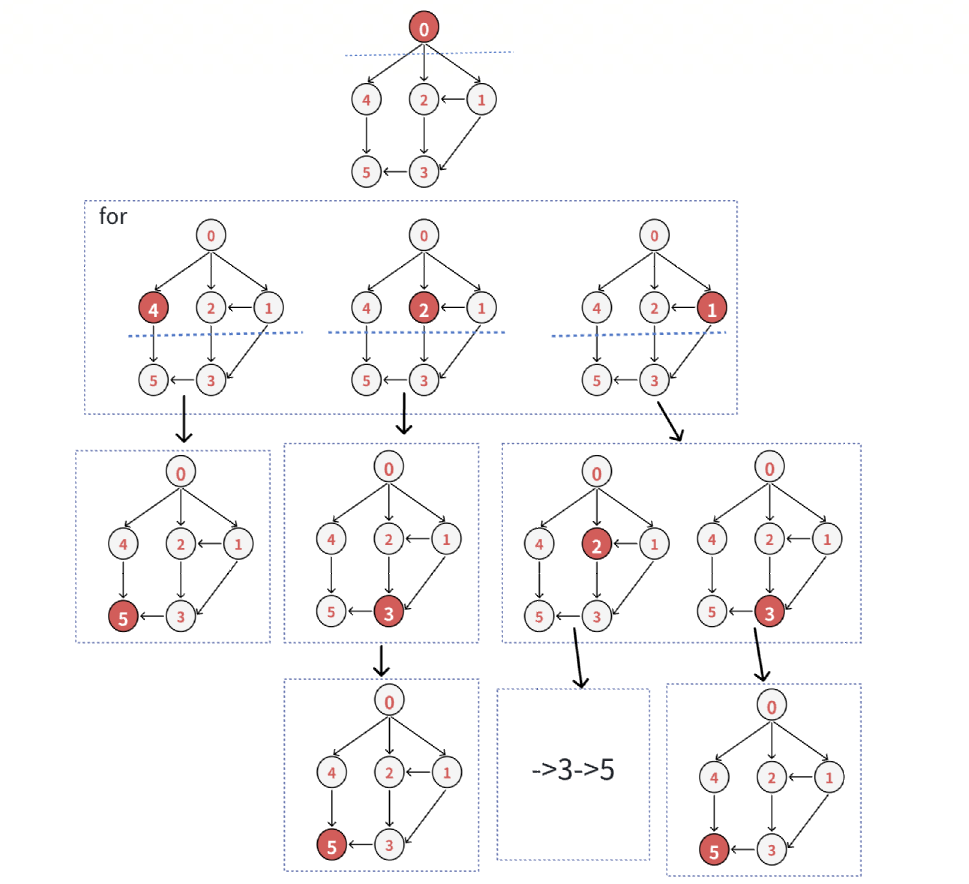
class Solution {
public:
vector<vector<int>> allPathsSourceTarget(vector<vector<int>>& graph) {
this->graph = graph;
int target = graph.size() - 1;
ans.push_back(0);
dfs(0, target);
return res;
}
private:
vector<vector<int>> graph;
vector<vector<int>> res;
vector<int> ans;
void dfs(int cur, int target) {
if (cur == target) { //dfs的cur到达终点
res.push_back(ans);
return;
}
for (auto val : graph[cur]) {
ans.push_back(val);
dfs(val, target);
//pop_back上一次选择的结点
ans.pop_back();
}
}
};
或者先加节点再去判断是否结束递归
选用局部变量存ans,递归时候不同层不影响
class Solution {
public:
vector<vector<int>> allPathsSourceTarget(vector<vector<int>>& graph) {
this->graph = graph;
int target = graph.size() - 1;
vector<int> mm;
dfs(0, target,mm);
return res;
}
private:
vector<vector<int>> graph;
vector<vector<int>> res;
//注意:vector<int> ans不要加引用
void dfs(int cur, int target,vector<int> ans) {
ans.push_back(cur);
//先加结点,再去判断
if (cur == target) {
res.push_back(ans);
return;
}
for (auto val : graph[cur]) {
dfs(val, target,ans);
//ans不同层不影响,不用pop
}
}
};
或者采用:
带有默认值0,首先加结点
class Solution { public: vector<vector<int>> allPathsSourceTarget(vector<vector<int>>& graph) { this->graph = graph; int target = graph.size() - 1; dfs(target); return res; } private: vector<vector<int>> graph; vector<vector<int>> res; vector<int> ans; void dfs(int target, int cur = 0) { ans.push_back(cur); // 先加结点,再去判断 if (cur == target) { res.push_back(ans); } else { for (auto val : graph[cur]) { dfs(target, val); //ans.pop_back(); } } ans.pop_back(); } };else可以没有,因为cur==target后,target没有结点,else不会执行
这里的pop_back位置必须在下一次for(不同层之间)之前出现,也就是递归结束后要pop
可以在for内的ans之后
不能再else和for之间,因为递归结束后没pop
bfs实现
思路很简单:由于起点和终点确定,从起点依次把它的临接点路径加入最终结果,最后只输出终点的路径结果
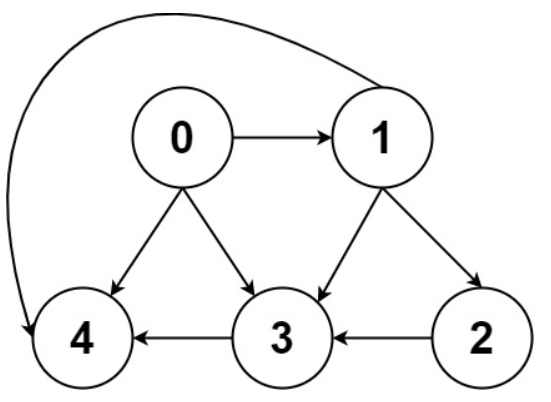
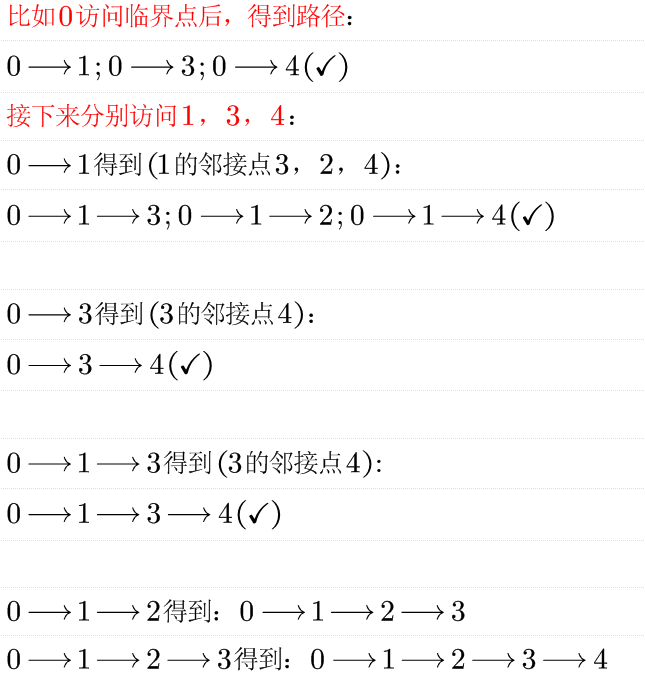
class Solution {
public:
vector<vector<int>> allPathsSourceTarget(vector<vector<int>>& graph) {
vector<vector<int>> res;
vector<int> path;
path.push_back(0);
int target=graph.size()-1;//终点
//队列存放路径,用vector<int>
queue<vector<int>> que;
que.push(path);
while(!que.empty()){
vector<int> tmp=que.front();
que.pop();
int cur=tmp.back();//考虑路径终点
if(cur==target) res.push_back(tmp);
/*遍历当前路径终点邻接点入队*/
for(auto val:graph[cur]){
tmp.push_back(val);
que.push(tmp);//新路径入队
tmp.pop_back();//不能影响for的同层结果
}
}
return res;
}
};
vector path;
path.push_back(0);
que.push(path);
等价于:que.push({0});
路径结果:
void printPath(vector<vector<int>> graph) { vector<int> path; path.push_back(0); int target = graph.size() - 1; // 终点 // 队列存放路径,用vector<int> queue<vector<int>> que; que.push(path); while (!que.empty()) { vector<int> tmp = que.front(); que.pop(); /*遍历que*/ for (auto val : tmp) { cout << val << " "; } cout << endl; /*遍历当前点邻接点*/ int cur = tmp.back(); for (auto val : graph[cur]) { vector<int> mm=tmp; mm.push_back(val); que.push(mm); //tmp.pop_back();新变量不用pop_back() } } }
四:求无向图的环
684. 冗余连接
dfs父节点找环法
下图:绿色是父节点,红色是当前结点,紫色背景代表结点以访问
由于dfs如果是树,那么只能通过父节点访问到该节点
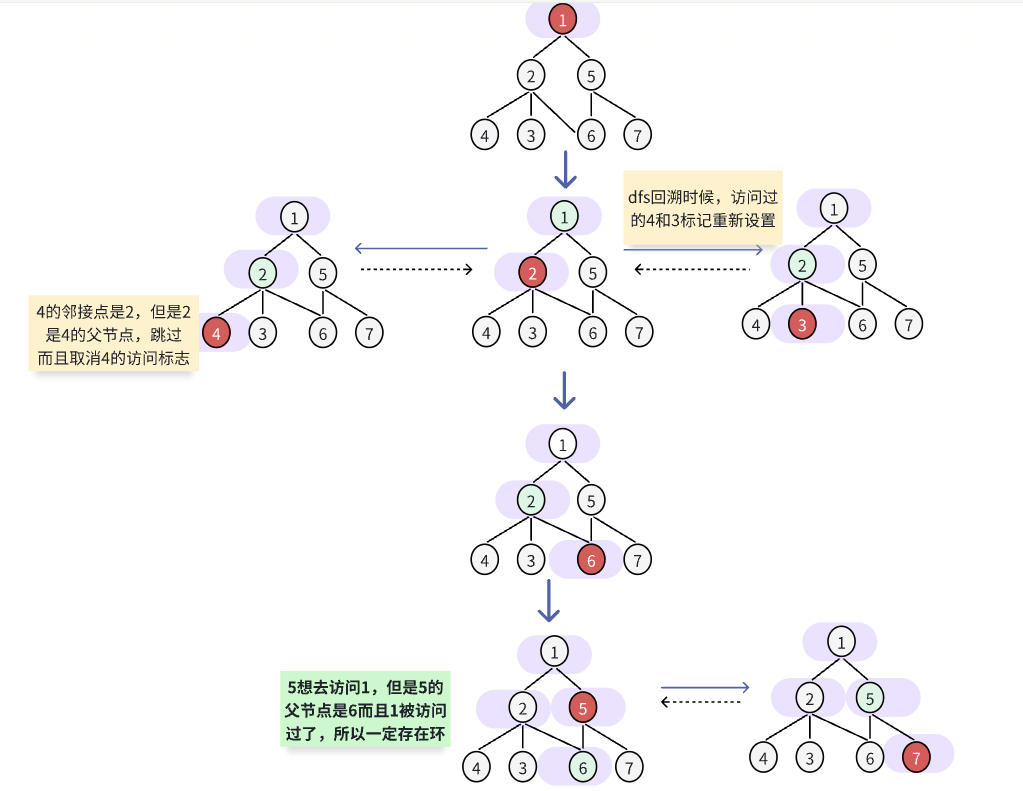
bool hascycle = false;
void findPath(int v, int fa) {
for (auto val : graph[v]) {
// 从fa到达的val,回溯到val
if (val == fa)
continue;
if (visit[val]) {
hascycle = true;
return;
} else {
visit[v] = true;//标记读过
findPath(val, v);
visit[v] = false;//回溯
}
}
}
当然也可以先标记结点,回退上一层前把结点设置好
bool hascycle = false;
vector<vector<int>> graph;
vector<bool> visit;
void findPath(int v, int fa) {
for (auto val : graph[v]) {
// 从fa到达的val,回溯到val
visit[v] = true; // 标记读过
if (val != fa) {
//输出结果
if (visit[val]) {
hascycle = true;
return;
}
findPath(val, v);
}
visit[v] = false; // 回溯
}
}
添加一个记录父节点的数组,就可以输出这个环
vector<int> parent; //parent=vector<int>(n+1,-1);初始化-1 void findPath(int v) { for (auto val : graph[v]) { // 从fa到达的val,回溯到val if (val == parent[v]) continue; //输出结果 parent[val]=v; if (visit[val]) { hascycle = true; /*打印环*/ int tmp=v; while(tmp!=val){ cout<<tmp<<" "; tmp=parent[tmp]; } cout<<tmp<<endl; return; } visit[v] = true; // 标记读过 findPath(val); visit[v] = false; // 回溯 } }
//也可以用do while
do{
cout<<tmp<<" ";
tmp=parent[tmp];
}while(tmp!=val);
本题就是,每次增加一条边,然后对图进行遍历,当新加入的边使得图成环,则该边为所求。
class Solution {
public:
vector<int> findRedundantConnection(vector<vector<int>>& edges) {
// 题目是树多了一条边
int n = edges.size();
// 顶点从1开始,所以下标到n
visit = vector<bool>(n + 1, false);
graph = vector<vector<int>>(n + 1, vector<int>());
for (auto val : edges) {
int u = val[0];
int v = val[1];
graph[u].push_back(v);
graph[v].push_back(u);
findPath(u, -1);//起点必须为u,不然可能不是连通图
if (hascycle)
return val;
}
return {};
}
private:
bool hascycle = false;
vector<vector<int>> graph;
vector<bool> visit;
void findPath(int v, int fa) {
for (auto val : graph[v]) {
// 从fa到达的val,回溯到val
if (val != fa) {
//输出结果
if (visit[val]) {
hascycle = true;
return;
}
visit[v] = true; // 标记读过
findPath(val, v);
visit[v] = false; // 回溯
}
}
}
};
五:树的路径问题
129. 求根节点到叶节点数字之和
广度优先遍历
队列要存放两个信息(当前节点,和当前节点的路径和),可以选择pair对或者两个队列分别存放
另外本题注意:数字序列12表示先访问1再访问2,所以新节点值加入结果前,原结果乘10
int sumNumbers(TreeNode* root) {
using pr=pair<TreeNode*,int>;
int res=0;
if(root==NULL) return res;
//定义存放结点和路径和的队列
queue<pr> que;
que.push({root,root->val});
while(!que.empty()){
auto [node,val]=que.front();
que.pop();
//叶子结点累加val值
if(!node->left && !node->right){
res+=val;
}
if(node->left){
que.push({node->left,val*10+node->left->val});
}
if(node->right){
que.push({node->right,val*10+node->right->val});
}
}
return res;
}
也可以选用两个队列
int sumNumbers(TreeNode* root) {
int res=0;
if(root==NULL) return res;
//定义存放结点队列que1和路径和的队列que2
queue<TreeNode*> que1;
queue<int> que2;
que1.push(root);
que2.push(root->val);
while(!que1.empty()){
auto node=que1.front();
auto val=que2.front();
que1.pop();
que2.pop();
//叶子结点累加val值
if(!node->left && !node->right){
res+=val;
}
if(node->left){
que1.push(node->left);
que2.push(val*10+node->left->val);
}
if(node->right){
que1.push(node->right);
que2.push(val*10+node->right->val);
}
}
return res;
}
深度优先遍历
如果是全局变量,注意要恢复
class Solution {
public:
int sumNumbers(TreeNode* root) {
dfs(root);
return sum;
}
private:
int sum=0;
int cur=0;
void dfs(TreeNode* root){
if(root==NULL) return;
//root不空
cur=cur*10+root->val;
//叶子节点存结果
if(!root->left && !root->right){
sum+=cur;
}
dfs(root->left);
dfs(root->right);
//回退节点,去掉cur回退值
cur=(cur-root->val)/10;
}
};
而局部变量则不需要考虑回退
class Solution {
public:
int sumNumbers(TreeNode* root) {
dfs(root,0);
return sum;
}
private:
int sum=0;
void dfs(TreeNode* root,int cur){
if(root==NULL) return;
//root不空
cur=cur*10+root->val;
//叶子节点存结果
if(!root->left && !root->right){
sum+=cur;
}
dfs(root->left,cur);
dfs(root->right,cur);
}
};
借助int返回值
class Solution {
public:
int sumNumbers(TreeNode* root) {
return rec(root,0);
}
private:
int rec(TreeNode* root,int cur) {
if(root==NULL) return 0;
//叶子节点
cur=cur*10+root->val;
if(!root->left && !root->right){
return cur;
}else{//左右子树有一个
return rec(root->left,cur)+rec(root->right,cur);
}
}
};
257. 二叉树的所有路径
广度优先遍历
- 数字转成字符串:to_string()
- 字符串(数字)转成数字:stoi()
vector<string> binaryTreePaths(TreeNode* root) {
vector<string> res;
using pr=pair<TreeNode*,string>;
queue<pr> que;
que.push({root,to_string(root->val)});
while(!que.empty()){
auto [k,v]=que.front();
que.pop();
//存结果
if(!k->left && !k->right){
res.push_back(v);
}
//注意更新左右孩子的v
if(k->left){
que.push({k->left,v+"->"+to_string(k->left->val)});
}
if(k->right){
que.push({k->right,v+"->"+to_string(k->right->val)});
}
}
return res;
}
也可以用栈(先序遍历)
vector<string> binaryTreePaths(TreeNode* root) {
vector<string> res;
using pr=pair<TreeNode*,string>;
stack<pr> sta;
sta.push({root,to_string(root->val)});
while(!sta.empty()){
auto [k,v]=sta.top();
sta.pop();
//存结果
if(!k->left && !k->right){
res.push_back(v);
}
//注意栈后进先出,先右后左
if(k->right){
sta.push({k->right,v+"->"+to_string(k->right->val)});
}
if(k->left){
sta.push({k->left,v+"->"+to_string(k->left->val)});
}
}
return res;
}
深度优先遍历
这里由于数字存在负数,而且还存在->,回退比较难,最好不用全局变量
class Solution {
public:
vector<string> binaryTreePaths(TreeNode* root) {
dfs(root,"");
return res;
}
private:
vector<string> res;
void dfs(TreeNode* root,string path){
if(root==NULL) return;
path+=to_string(root->val);
if(!root->left && !root->right){
res.push_back(path);
}
//可以没有判断,因为不存在 NULL->内容
dfs(root->left,path+"->");
dfs(root->right,path+"->");
}
};
或者提前判断好,更新结果
class Solution {
public:
vector<string> binaryTreePaths(TreeNode* root) {
if(root==NULL) return res;
dfs(root,to_string(root->val));
return res;
}
private:
vector<string> res;
void dfs(TreeNode* root,string path){
if(root==NULL) return;
if(!root->left && !root->right){
res.push_back(path);
}
if(root->left){
dfs(root->left,path+"->"+to_string(root->left->val));
}
if(root->right){
dfs(root->right,path+"->"+to_string(root->right->val));
}
}
};
分治
vector<string> binaryTreePaths(TreeNode* root) {
vector<string> res;
if(root==NULL) return res;
if(!root->left && !root->right){
res.push_back(to_string(root->val));
return res;//可以回退了
}
//分别求左右子树结果
vector<string> leftPath=binaryTreePaths(root->left);
vector<string> rightPath=binaryTreePaths(root->right);
//合并结果
for(auto val:leftPath){
res.push_back(to_string(root->val)+"->"+val);
}
for(auto val:rightPath){
res.push_back(to_string(root->val)+"->"+val);
}
return res;
}
每个路径结果=当前节点+左子树结果+右子树结果
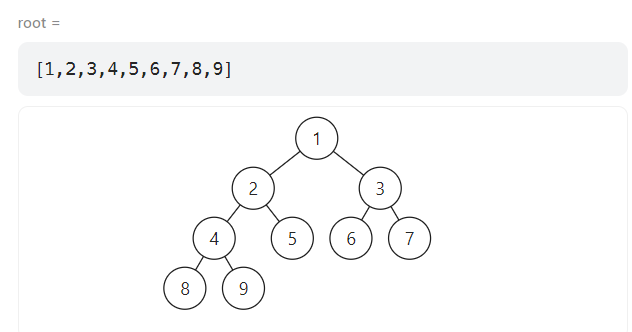
测试:
if(!root->left && !root->right){ res.push_back("("+to_string(root->val)+")"); return res;//提前结束 } for(auto aa:leftSide){ res.push_back(to_string(root->val)+"左"+aa+"左"+to_string(root->val)); } for(auto bb:rightSide){ //cout<<bb<<endl; res.push_back(to_string(root->val)+"右"+bb+"右"+to_string(root->val)); } cout<<endl; for(auto xx:res){ cout<<xx<<";"; } cout<<endl;
112. 路径总和
利用bool
bool hasPathSum(TreeNode* root, int targetSum) {
if(root==NULL) return false;
if(!root->left && !root->right && root->val==targetSum){
return true;
}
return hasPathSum(root->left,targetSum-root->val)||\
hasPathSum(root->right,targetSum-root->val);
}
当然也可以把中间改成:
if (root->left == nullptr && root->right == nullptr) {
return sum == root->val;
}
如果对返回值不敏感,则设立全局变量
class Solution {
public:
bool hasPathSum(TreeNode* root, int targetSum) {
dfs(root,targetSum);
return hasAns?true:false;
}
private:
bool hasAns=false;
void dfs(TreeNode* root ,int target){
if(root==NULL) return;
if(!root->left &&!root->right && root->val==target){
hasAns=true;
return;
}
//root肯定存在
dfs(root->left,target-root->val);
dfs(root->right,target-root->val);
}
};
113. 路径总和 II
深度优先遍历
全局变量,需要回溯
class Solution {
public:
vector<vector<int>> pathSum(TreeNode* root, int targetSum) {
this->target=targetSum;
dfs(root);
return res;
}
private:
vector<vector<int>> res;
vector<int> path;
int sum=0;
int target;
void dfs(TreeNode* root){
if(root==NULL) return;
path.push_back(root->val);
sum+=root->val;
//满足结果:叶子+值符合要求
if(!root->left && !root->right && sum==target){
res.push_back(path);
}
dfs(root->left);
dfs(root->right);
//回溯
path.pop_back();
sum-=root->val;
}
};
也可以改成局部变量
class Solution {
public:
vector<vector<int>> pathSum(TreeNode* root, int targetSum) {
this->target=targetSum;
dfs(root,{},0);
return res;
}
private:
vector<vector<int>> res;
int target;
void dfs(TreeNode* root,vector<int> path,int sum){
if(root==NULL) return;
path.push_back(root->val);
sum+=root->val;
//满足结果:叶子+值符合要求
if(!root->left && !root->right && sum==target){
res.push_back(path);
}
dfs(root->left,path,sum);
dfs(root->right,path,sum);
}
};
当然也可以用减法去判断
class Solution {
public:
vector<vector<int>> pathSum(TreeNode* root, int targetSum) {
dfs(root,{},targetSum);
return res;
}
private:
vector<vector<int>> res;
void dfs(TreeNode* root,vector<int> path,int target){
if(root==NULL) return;
path.push_back(root->val);
target-=root->val;
//满足结果:叶子+值符合要求
if(!root->left && !root->right && target==0){
res.push_back(path);
}
dfs(root->left,path,target);
dfs(root->right,path,target);
}
};
广度优先遍历
这里需要存储三个元素:节点,路径和余下值,由于pair是二元组,存储三个元素要么pair复合使用,要么使用tuple
class Solution {
public:
vector<vector<int>> pathSum(TreeNode* root, int targetSum) {
vector<vector<int>> res;
if(root==NULL) return res;
using tup = tuple<TreeNode*, vector<int>, int>;
queue<tup> que;
//根节点存在
que.push({root, {root->val}, targetSum-root->val});
while (!que.empty()) {
auto [node, path, val] = que.front();
que.pop();
if (!node->left && !node->right && val ==0) {
res.push_back(path);
}
if (node->left) {
path.push_back(node->left->val);
que.push({node->left, path, val- node->left->val});
path.pop_back();
}
if (node->right) {
path.push_back(node->right->val);
que.push({node->right, path, val- node->right->val});
path.pop_back();
}
}
return res;
}
};
不回溯就用局部变量
if (node->left) {
vector<int> tmp1 = path;//局部变量
tmp1.push_back(node->left->val);
que.push({node->left, tmp1, val - node->left->val});
}
if (node->right) {
vector<int> tmp2 = path;//局部变量
tmp2.push_back(node->right->val);
que.push({node->right, tmp2, val - node->right->val});
}
使用两次pair
class Solution {
public:
vector<vector<int>> pathSum(TreeNode* root, int targetSum) {
vector<vector<int>> res;
if(root==NULL) return res;
/*使用两次pair*/
using pr=pair< TreeNode*,vector<int>>;
queue<pair<pr,int>> que;
que.push({{root,{root->val}},targetSum-root->val});
while(!que.empty()){
auto [tmp,tar]=que.front();
que.pop();
auto [k,v]=tmp;//相当于tmp.first和tmp.second
if(!k->left && !k->right && tar==0){
res.push_back(v);
}
if(k->left){
v.push_back(k->left->val);
que.push({{k->left,v},tar-k->left->val});
v.pop_back();
}
if(k->right){
v.push_back(k->right->val);
que.push({{k->right,v},tar-k->right->val});
v.pop_back();
}
}
return res;
}
};
或者在while进行路径选择
class Solution {
public:
vector<vector<int>> pathSum(TreeNode* root, int targetSum) {
vector<vector<int>> res;
using tup = tuple<TreeNode*, vector<int>, int>;
queue<tup> que;
// 根节点存在
que.push({root, {}, targetSum});
while (!que.empty()) {
auto [node, path, val] = que.front();
que.pop();
if(node==NULL) return res;
//在这里加入路径
path.push_back(node->val);
if (!node->left && !node->right && val == node->val) {
res.push_back(path);
}
if (node->left) {
que.push({node->left, path, val - node->val});
}
if (node->right) {
que.push({node->right, path, val - node->val});
}
}
return res;
}
};
或者不存储路径信息,但是用map存储父节点,然后通过节点追溯父节点得到路径
由于从叶子追溯到跟正好是路径的逆序,存储路径前需要reverse一下
class Solution {
public:
vector<vector<int>> pathSum(TreeNode* root, int targetSum) {
using pr = pair<TreeNode*, int>;
queue<pr> que;
// 根节点存在
if(root==NULL) return res;
que.push({root, targetSum-root->val});
while (!que.empty()) {
auto [node, val] = que.front();
que.pop();
if (!node->left && !node->right && val == 0) {
getPath(node);
}
if (node->left) {
mp[node->left]=node;
que.push({node->left, val - node->left->val});
}
if (node->right) {
mp[node->right]=node;
que.push({node->right, val - node->right->val});
}
}
return res;
}
private:
vector<vector<int>> res;
//记录父节点
//由于题目没说值不同,所以存Treenode*
unordered_map<TreeNode*,TreeNode*> mp;
void getPath(TreeNode* t){
TreeNode* tmp=t;
vector<int> ans;
while(tmp){
ans.push_back(tmp->val);
tmp=mp[tmp];
}
reverse(ans.begin(),ans.end());
res.push_back(ans);
}
};
也可以:把路径存到{}中
void getPath(TreeNode* t,vector<int> ans)
getPath(node,{});
437. 路径总和 III
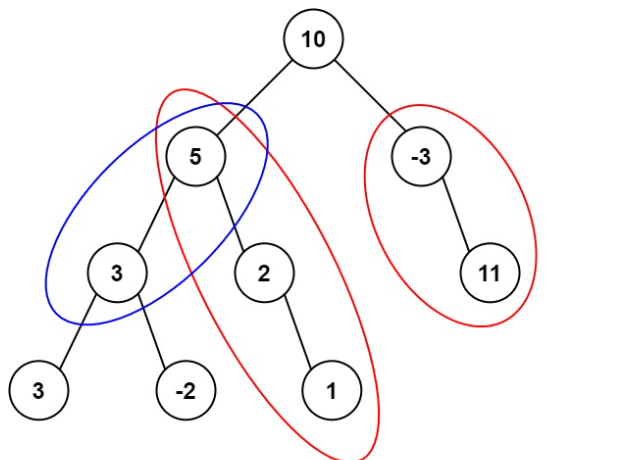
这里:起点不同,但是必须是在自己的子树下面查找,也就是更换根,然后借助函数去找路径
注意更换根一定要在主函数内完成,因为这样才能达到改变根的目的。
class Solution {
public:
int pathSum(TreeNode* root, int targetSum) {
if(root==NULL) return 0;
//从根节点找
int ret=_dfs(root,targetSum);
//改变左右子树
ret+=pathSum(root->left,targetSum);
ret+=pathSum(root->right,targetSum);
return ret;
}
private:
int _dfs(TreeNode* cur,long target){
//从当前cur作为根节点去找路径
if(cur==NULL) return 0;
int res=0;
//储存结果
if(cur->val==target) res++;
res+=_dfs(cur->left,target-cur->val);
res+=_dfs(cur->right,target-cur->val);
return res;
}
};
- 在_dfs主要改变target值
- 在pathSum主要改变根节点root
注意测试用例int溢出,所以用long
可以写成一句话
return res+_dfs(cur->left,target-cur->val)+_dfs(cur->right,target-cur->val);精简写法:
class Solution { public: int pathSum(TreeNode* root, int targetSum) { if(root==NULL) return 0; return dfs(root,targetSum)+\ pathSum(root->left,targetSum)+pathSum(root->right,targetSum); } private: int dfs(TreeNode* node,long sum){ if(node==NULL) return 0; int res=0; res+=(node->val==sum)?1:0; return res+dfs(node->left,sum-node->val)+dfs(node->right,sum-node->val); } };
树上前缀和
树的前缀有两种:
- 一种是起点是根节点,终点是任意节点(自顶向下)
- 一种是起点是各个叶子节点,然后到达任意节点(自底向上)
自顶向下是各个儿子节点加上根节点,自底向上是节点是自己值加上其所有儿子节点
具体又分为点权和边权,也就是点是值或者点无值边是权
- 自顶向下的点权:
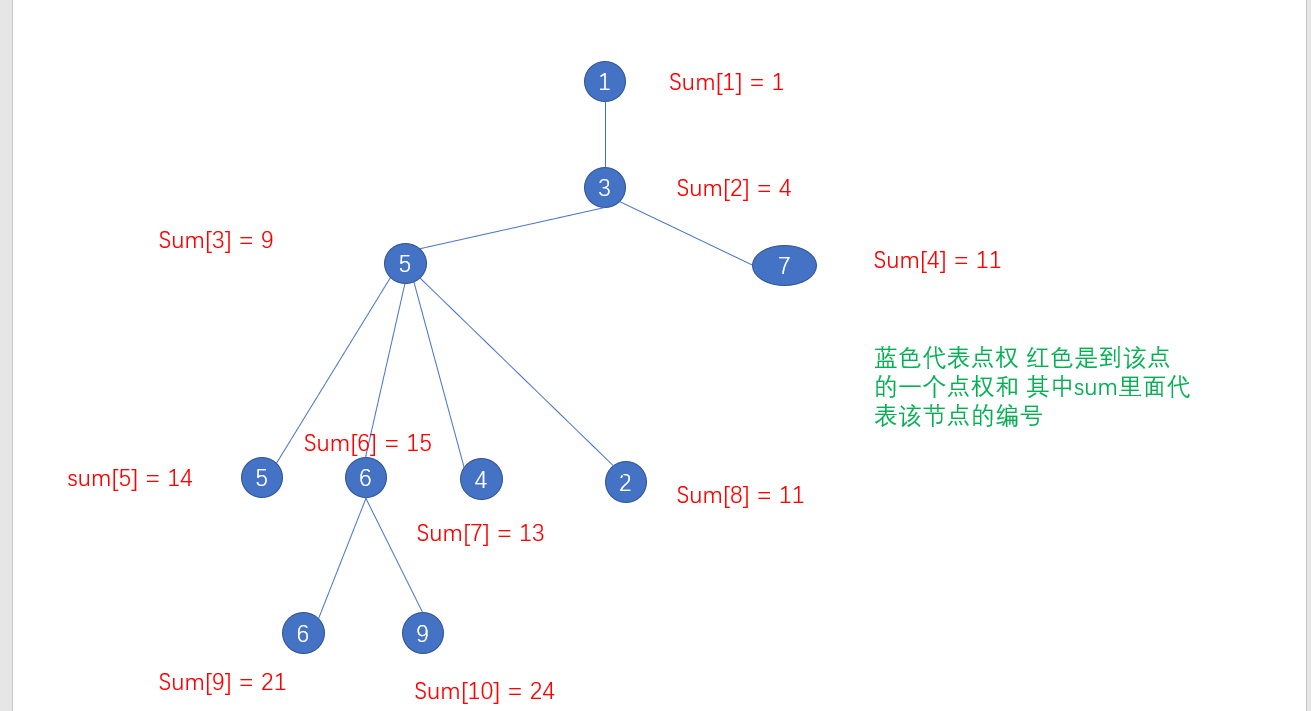
- 自顶向下的边权(根节点视为0,边归为下一个节点)
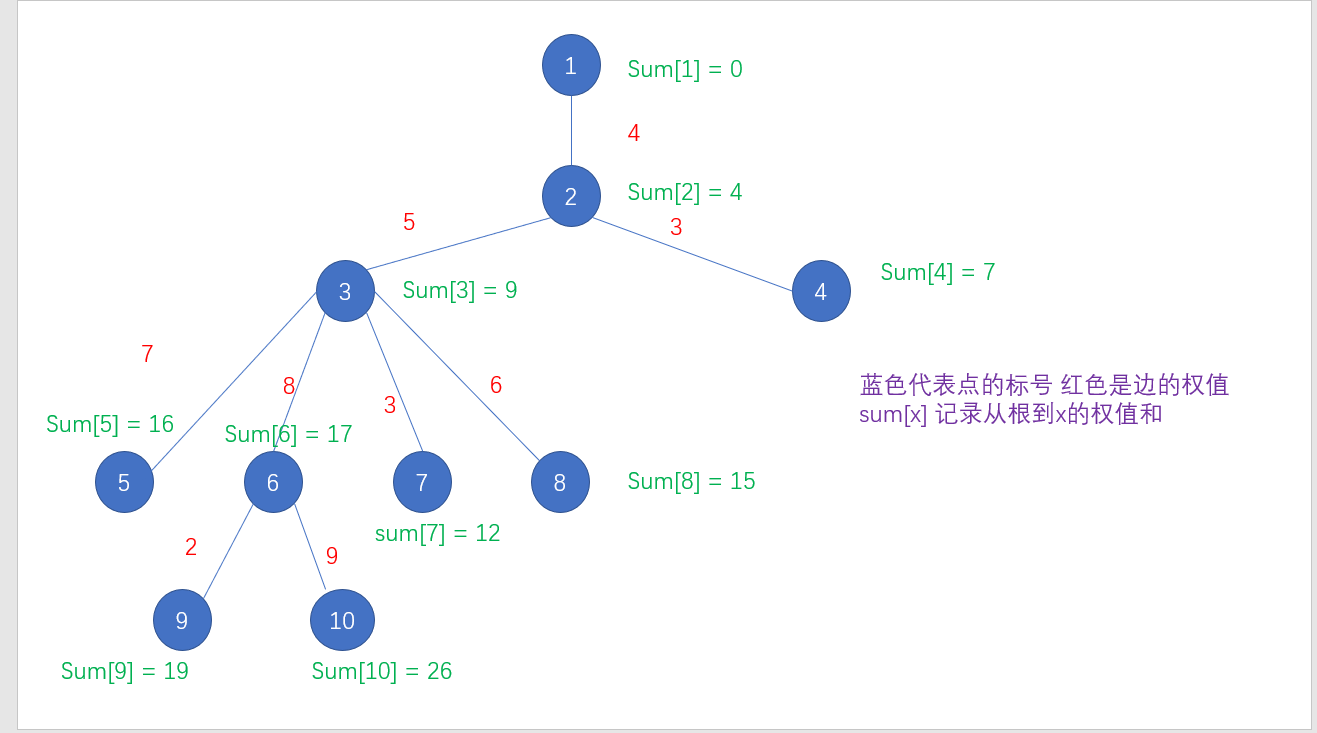
- 自底向上的点权
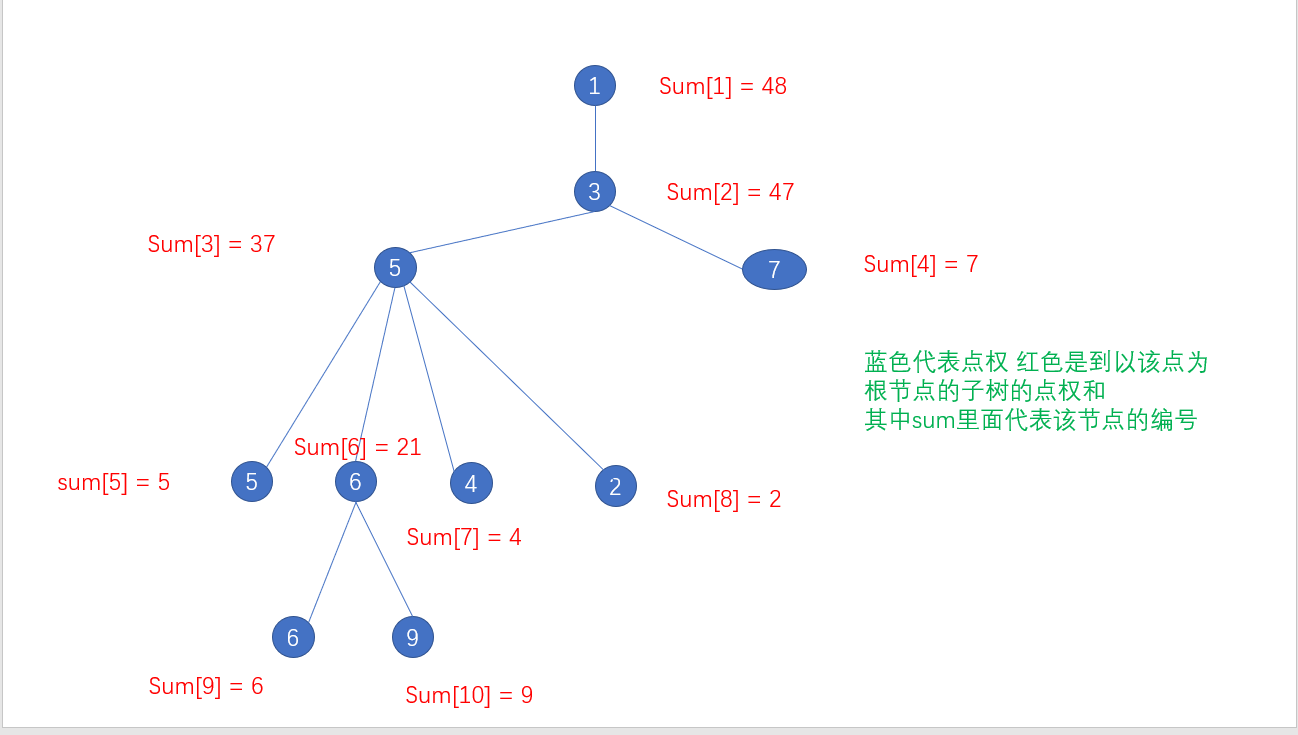
本题中:
前缀和为:用map存储值和频次 :
map[和]=次数其实相当于一次看一个分支:
需要加上0,才能包含根节点,即:mp[0]=1
0—>10->15->18->21----21-10就是:5->3->3
0—>10->15->18->16----找和为1,看sum-target在mp中是否存在
0—>10->15->17->18
0—>10->7->18
class Solution {
public:
int pathSum(TreeNode* root, int targetSum) {
this->target=targetSum;
mp[0]=1;//这里是为了包含根节点
dfs(root);
return res;
}
private:
int target;
int res=0;
long sum=0;//用int累加会溢出
//mp[sum]=频次
unordered_map<long,int> mp;
void dfs(TreeNode* root){
if(root==NULL) return;
sum+=root->val;
//存结果
if(mp.count(sum-target)){// if(mp[sum-target]>0)
res+=mp[sum-target];
}
//更新频次
mp[sum]++;
dfs(root->left);
dfs(root->right);
//回溯
//一定要先将mp[sum]-1再减去sum
mp[sum]--;
sum-=root->val;
}
};
由于回溯,其实map只统计一条路径的前缀和和频次
